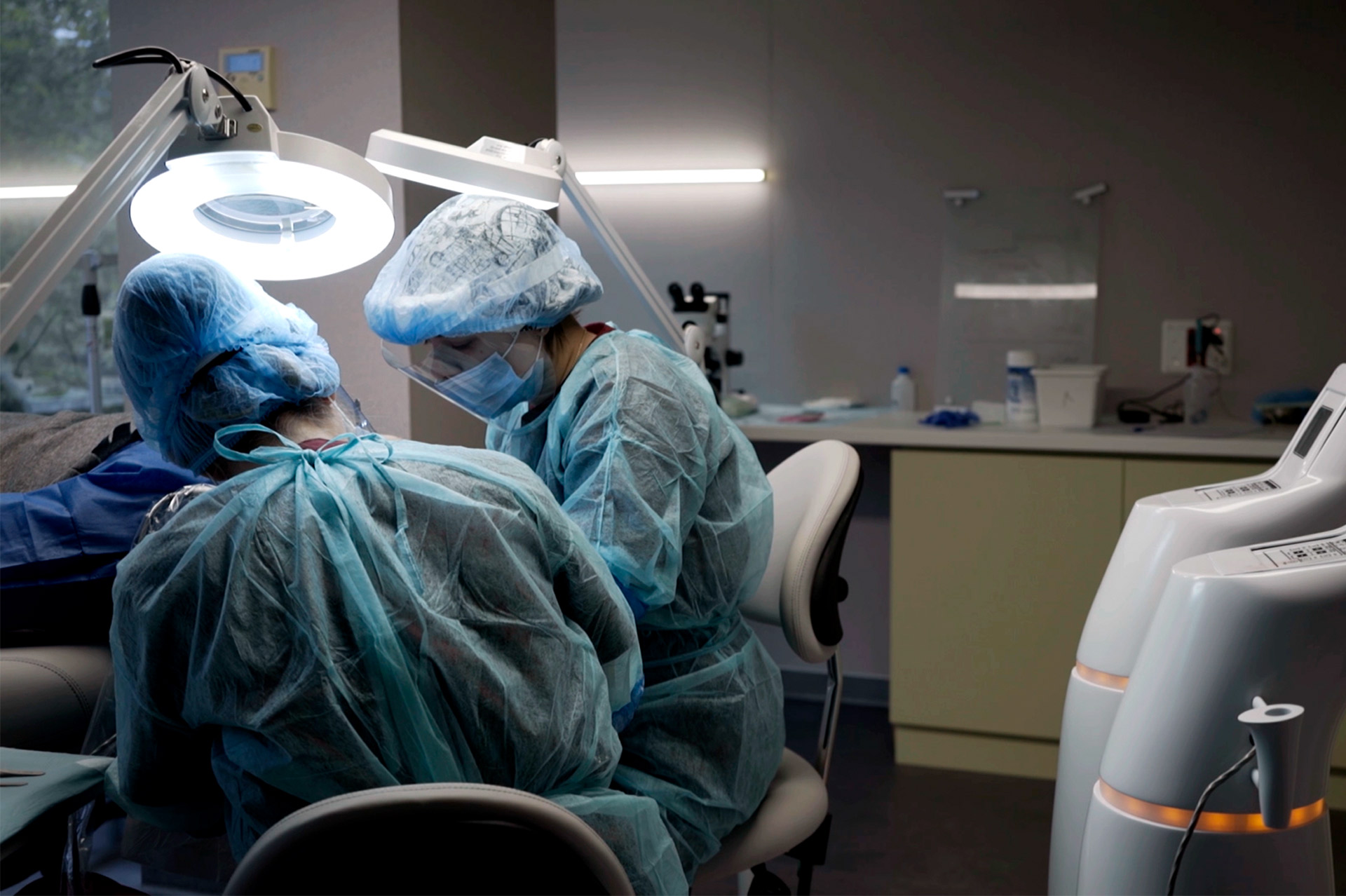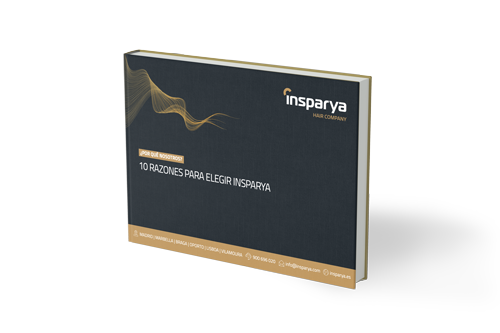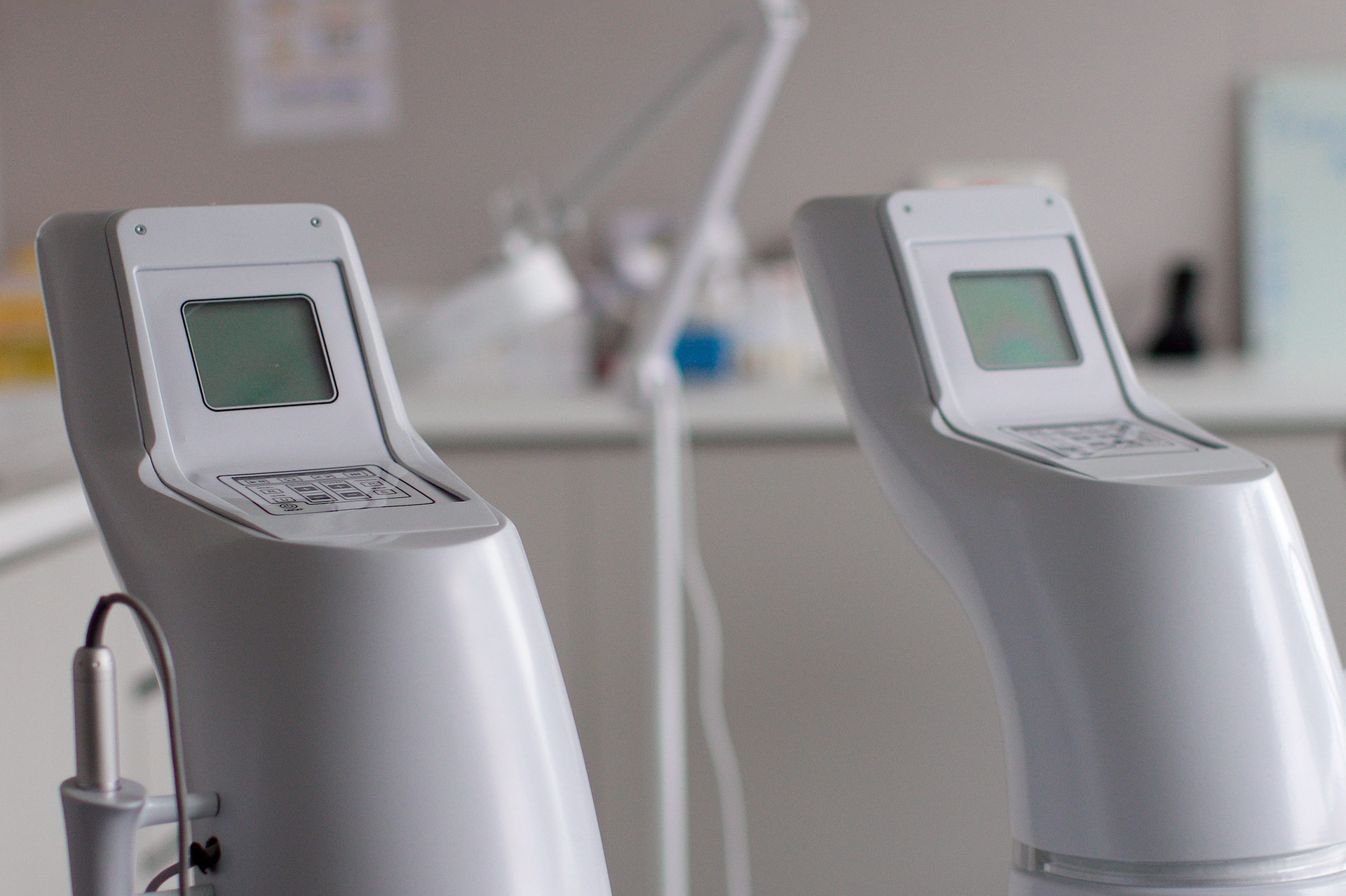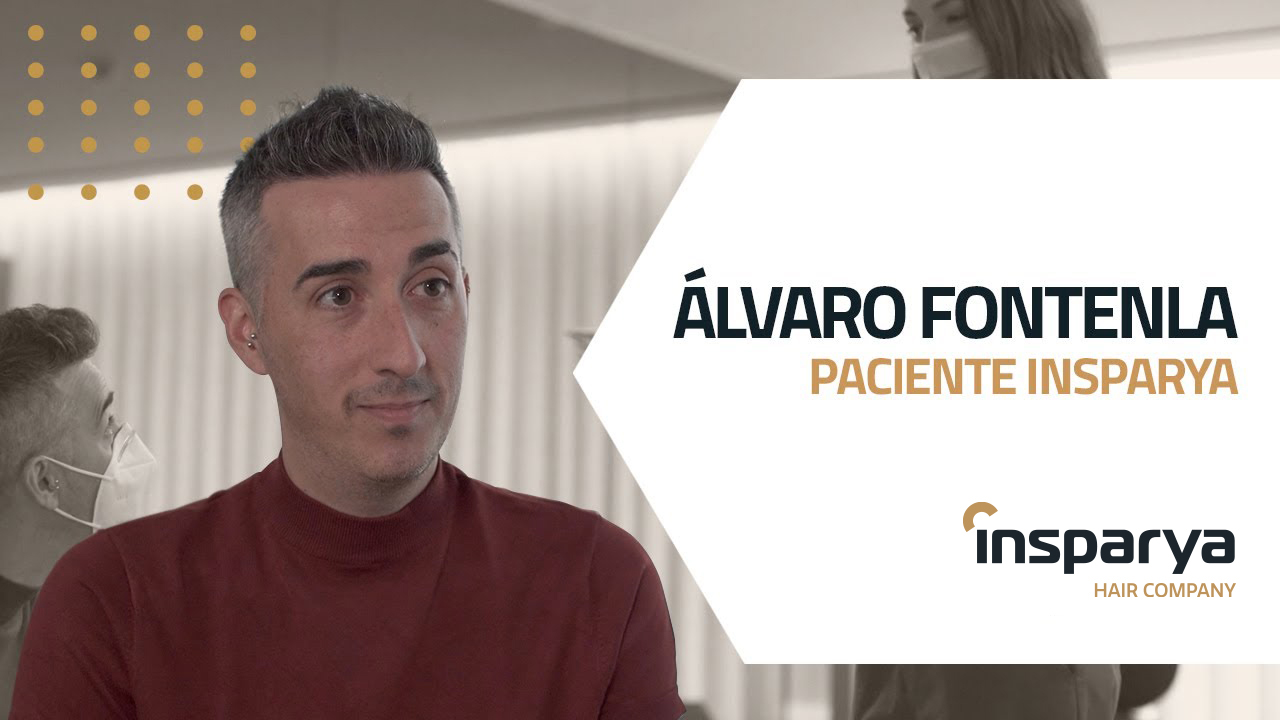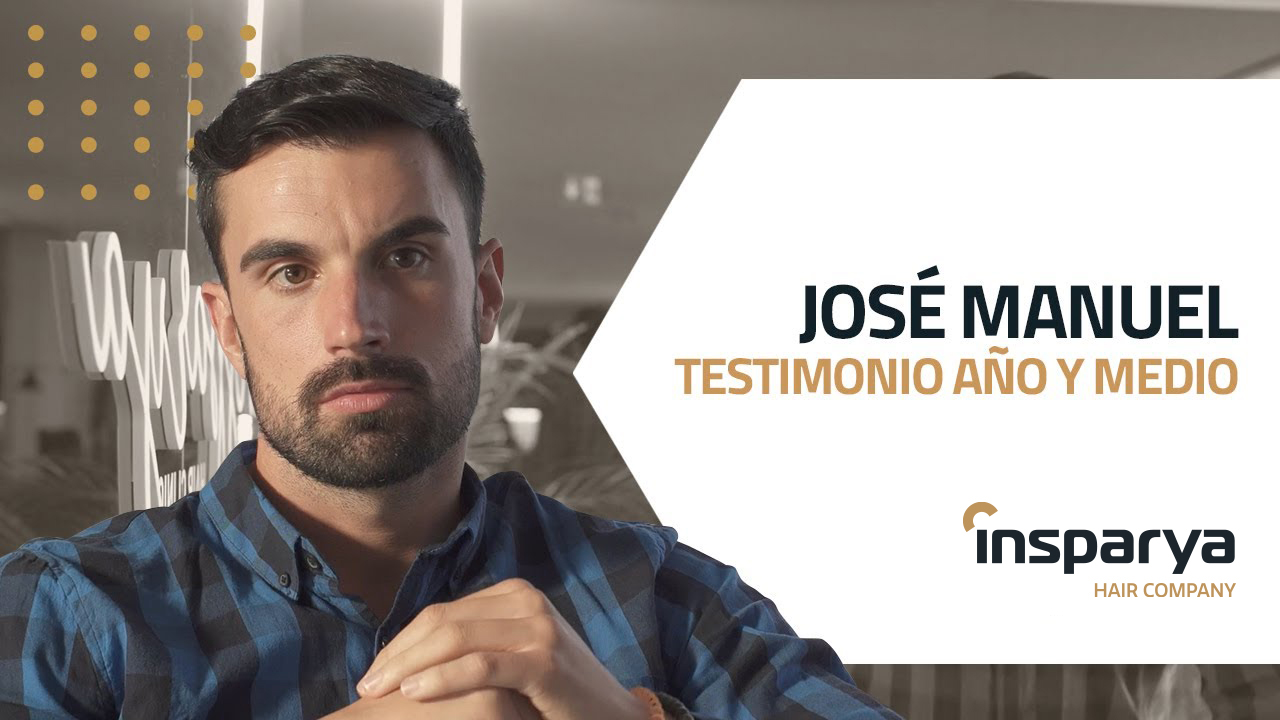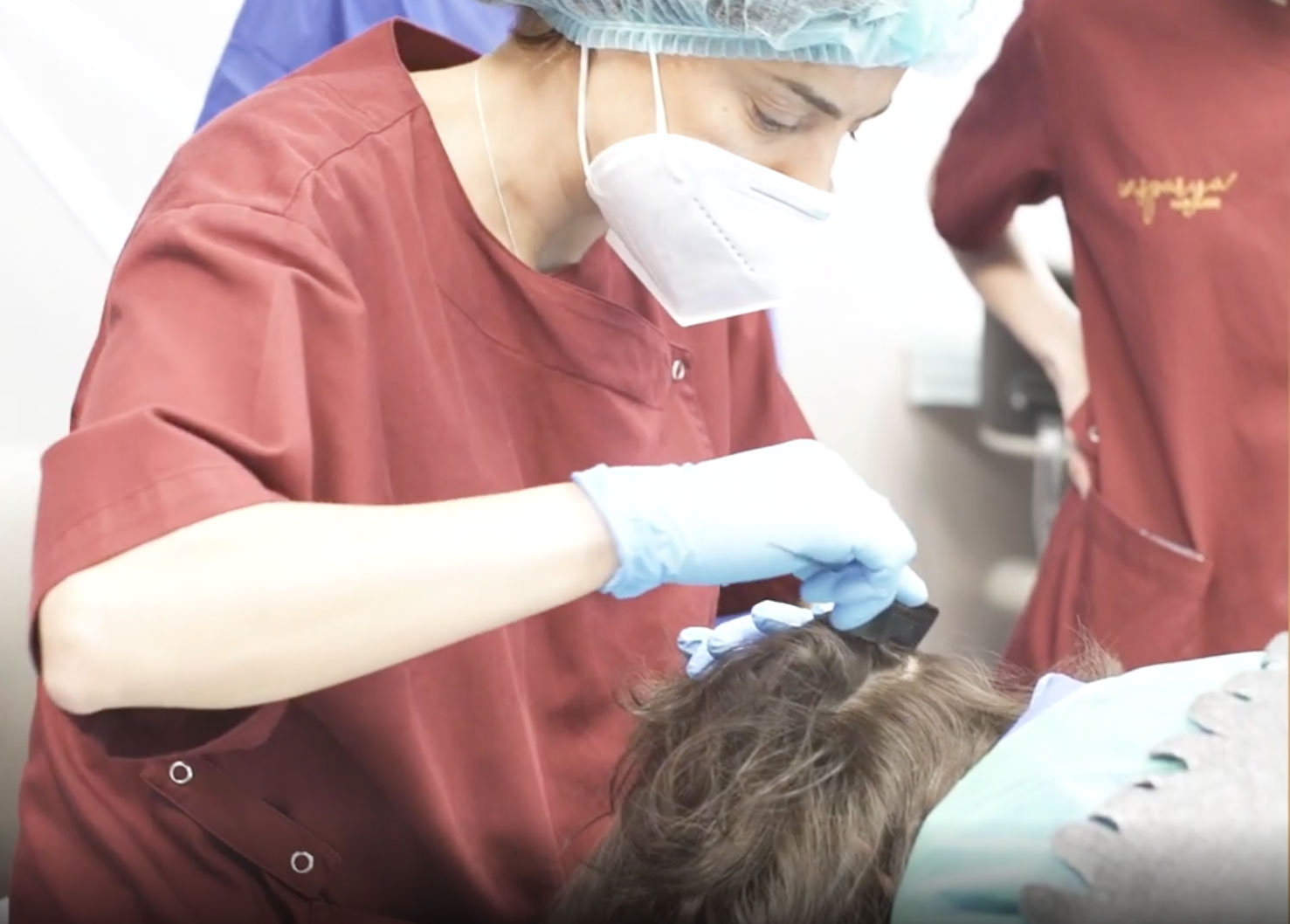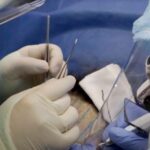
¿Cómo se hace el trasplante de pelo?
El trasplante de pelo es un proceso que ha ido evolucionando a lo largo del tiempo. Es un método que requiere de varios pasos muy definidos y en el que hay varios aspectos a tener en cuenta. Estos son:
– La obtención de pelo se consigue por la extracción de unidades foliculares de las áreas donantes del cuero cabelludo del paciente.
– Al ser del propio paciente, el riesgo de rechazo del trasplante capilar es inexistente.
– A lo largo del procedimiento se respetan las características, necesidades, fisionomía y especificidades de cada persona.
– Toda la intervención es realizada con anestesia local, después de la cual es indolora.
Es un procedimiento riguroso que permite obtener unidades foliculares individuales, dobles, triples o más, que contienen uno, dos, tres o más cabellos, de acuerdo con las necesidades específicas de cada caso.
Cuando la extracción la ejecuta un equipo clínico experimentado, no se dañan las unidades foliculares, la cicatrización se completa en 3 – 4 días y no deja ninguna cicatriz visible en el área de la intervención.
Durante el proceso del injerto capilar encontramos dos fases bien diferenciadas: la fase de extracción y la fase de implantación. En la de extracción, como su propio nombre indica, se extraen las unidades foliculares, y en la de implantación, se ponen en el área deseada.
Fase de extracción
Terminada la fase de anestesia, sigue un período de aproximadamente 2 – 3h para la recogida, una a una, de las unidades foliculares. La selección de las unidades a extraer se determina de acuerdo con una distancia mínima que debe existir entre puntos de extracción. Estas unidades foliculares son cuidadosamente manipuladas y evaluadas, eliminando las que se encuentren en estado de degradación por su inviabilidad para el proceso de trasplante.
Fase de implantación
En esta fase llegamos al período de implantación de todas las unidades foliculares saludables obtenidas en la fase anterior. Se calcula minuciosamente el proceso de implantación, teniendo en cuenta que los pelos se relacionan de forma tridimensional.
El aspecto final natural del trasplante, particularmente de la línea de inserción frontal del cuero cabelludo, depende esencialmente de esta fase de implantación.

